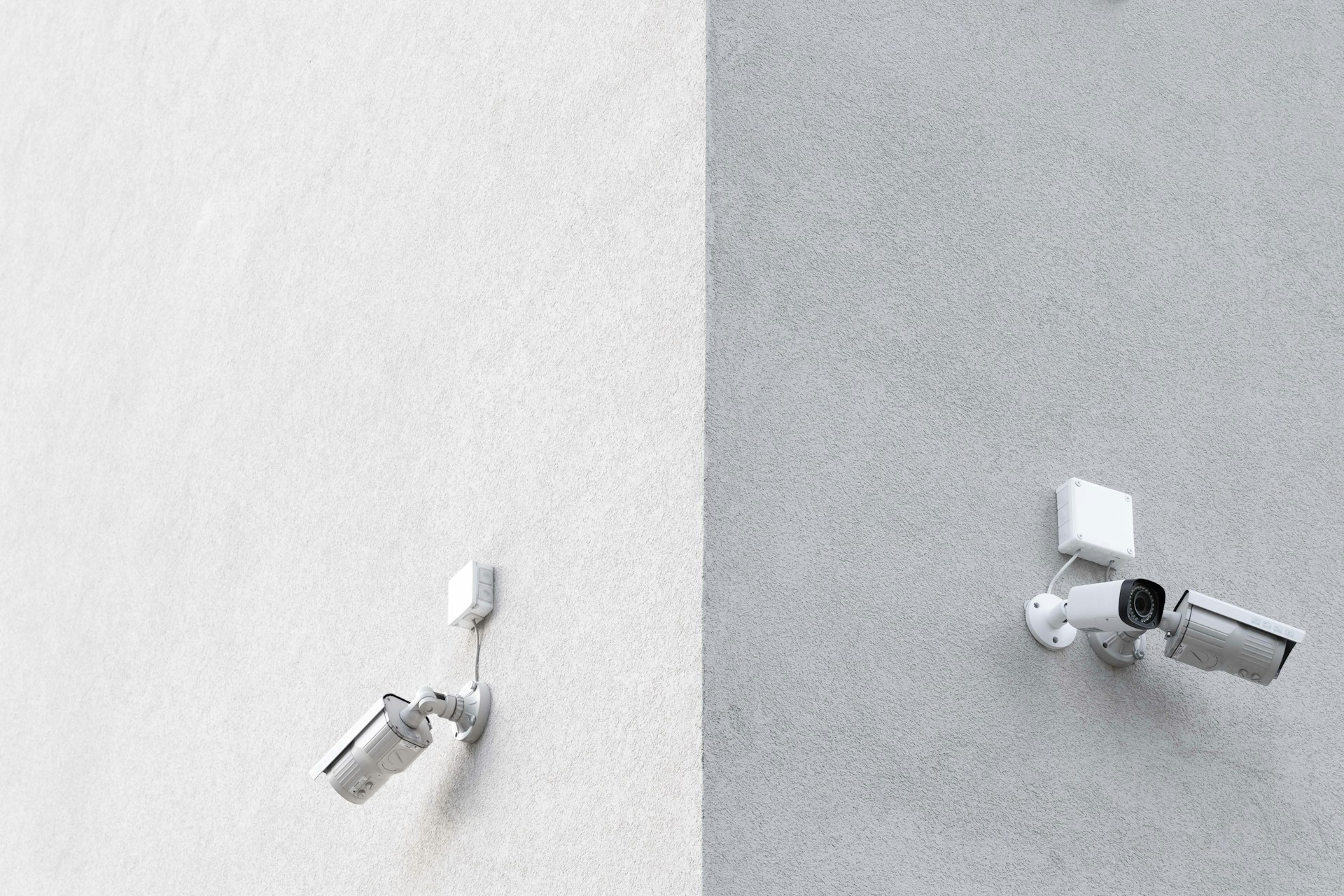How Far Can CCTV Cameras See
How Far Can CCTV Cameras See
Closed-circuit television (CCTV) cameras have become integral components of modern security systems, helping to monitor and safeguard various environments. One of the key considerations when deploying CCTV cameras is their range of vision, as understanding this factor is crucial for effective surveillance. In this article, we delve into the question of how far CCTV cameras can see to provide insights into the capabilities and limitations of these surveillance devices.
1. Factors Influencing CCTV Camera Range
The effective range of a CCTV camera is influenced by several factors, including the camera’s resolution, lens focal length, lighting conditions, and the type of camera (analog or digital). Higher-resolution cameras can capture finer details. Meanwhile, the lens’s focal length determines how far the camera can see and the level of zoom it can achieve.
2. Resolution and Image Clarity
The resolution of a CCTV camera is measured in pixels, and it plays a crucial role in determining the clarity of the footage. High-resolution cameras, such as those with 1080p or 4K capabilities, can capture more details over a more extensive area. It allows for better identification of objects and individuals at greater distances.
3. Lens Focal Length
The camera lens’s focal length determines the field of view and the zoom level. Cameras with varifocal lenses offer flexibility, allowing users to adjust the focal length manually. Longer focal lengths provide greater magnification but narrow the field of view, making it essential to balance zoom capability and coverage.
4. Infrared (IR) Night Vision
Many CCTV cameras are equipped with infrared LEDs that enable night vision. The range of IR night vision varies among cameras, with some capable of seeing up to 100 feet or more in complete darkness. The effectiveness of night vision depends on the number and power of the IR LEDs and the camera’s sensitivity to infrared light.
5. Lighting Conditions
The ambient lighting conditions significantly impact the range of CCTV cameras. Well-lit environments, whether natural or artificial, generally allow cameras to capture clearer footage over longer distances. Low-light conditions may compromise the performance of cameras without night vision capabilities.
6. Camera Types
Analog and digital (IP) cameras have different capabilities in terms of resolution, image processing, and transmission. While analog cameras have traditionally been limited in resolution, digital cameras offer higher resolutions and advanced features, improving long-distance surveillance.
7. Wireless Transmission
You can connect CCTV cameras to monitoring systems through wired or wireless networks. The transmission type can impact the effective range, with wireless connections sometimes experiencing signal degradation over longer distances or in the presence of obstacles.
The range of CCTV cameras depends on various factors, including camera specifications, environmental conditions, and user requirements. Understanding these factors is essential for designing an effective surveillance system that meets the specific needs of the intended application. As technology continually advances, the range and capabilities of CCTV cameras will likely improve, offering even more sophisticated solutions for security and surveillance purposes.


